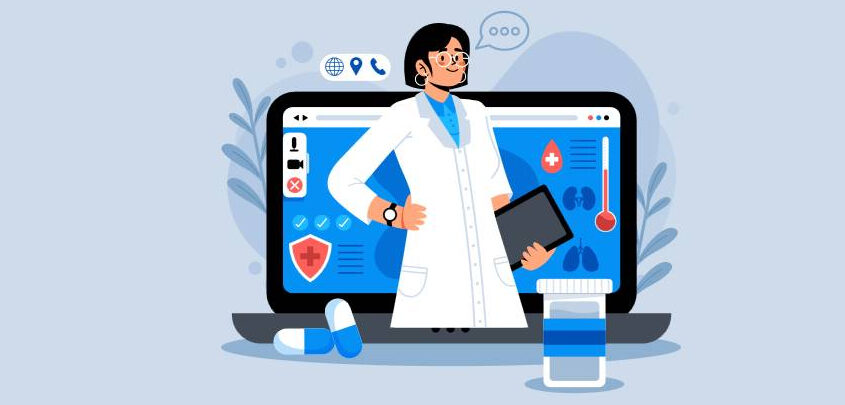
27, Dec, 2023
The Significance of Digital Hygiene and Etiquette
In this age of technological advancement, our lives are deeply intertwined with the digital world. From socializing to conducting business and accessing information, our digital footprint is extensive, influencing both our personal and professional spheres. As such, maintaining good digital hygiene and practising proper online etiquette have become essential skills for navigating this virtual landscape responsibly and respectfully.
Understanding Digital Hygiene:
Digital hygiene refers to the practices and habits individuals adopt to ensure their online experiences are safe, secure, and healthy. Just as personal hygiene is crucial for physical health, digital hygiene is paramount for maintaining a safe and secure online presence. It encompasses a range of activities, including:
- Strong Password Management: Creating unique and robust passwords for different accounts and using password managers to store them securely.
- Updating Software Regularly: Keeping operating systems, applications, and antivirus software updated to safeguard against cyber threats.
- Protecting Personal Information: Being cautious about sharing sensitive details online and being mindful of privacy settings on social media platforms.
- Safe Browsing Practices: Avoiding suspicious links, using secure connections (HTTPS), and installing reputable browser extensions for added security.
- Back Up Data: Regularly backing up important files and data to prevent loss in case of system failures or cyberattacks.
The Role of Online Etiquette:
Just as we adhere to social norms and etiquette in the physical world, similar guidelines apply to our conduct in the digital realm. Online etiquette, often referred to as “netiquette,” involves demonstrating courteous behaviour and respect when interacting with others online. Some key aspects of online etiquette include:
- Respect and Kindness: Being respectful in online conversations, refraining from offensive language, and avoiding cyberbullying or harassment.
- Mindful Communication: Using appropriate language and tone in emails, messages, and social media posts, and refraining from typing in all caps (considered shouting).
- Citing Sources: When sharing information or content, provide proper attribution to the original creators or sources.
- Understanding Online Context: Being aware of different online environments (forums, social media, emails) and adjusting communication accordingly.
- Thinking Before Sharing: Verifying information before sharing to avoid spreading misinformation or fake news.
- Implementing Digital Hygiene and Etiquette:
To practice good digital hygiene and etiquette, individuals can start by:
- Educating themselves about online safety and responsible digital behaviour.
- Taking regular audits of their online security settings and adjusting them as needed.
- Being mindful of their online presence and how their actions can impact others.
- Engaging in continuous learning about new threats and best practices for online conduct.
- Leading by example and promoting digital hygiene and etiquette within their communities.
Wrapping up
In today’s digital age, cultivating good digital hygiene and practising online etiquette are not just suggestions but necessities. These practices not only safeguard personal information but also contribute to a more respectful and secure online environment for all. By incorporating these habits into our daily digital routines, we can collectively foster a healthier and more responsible online community.
